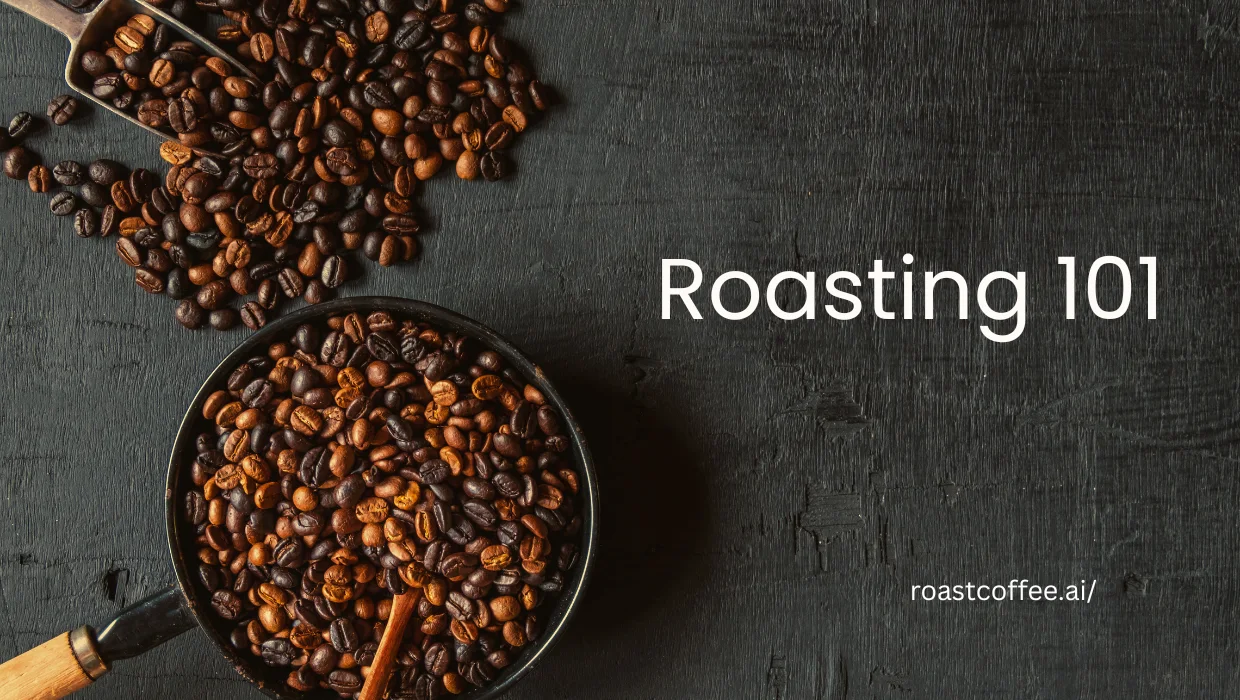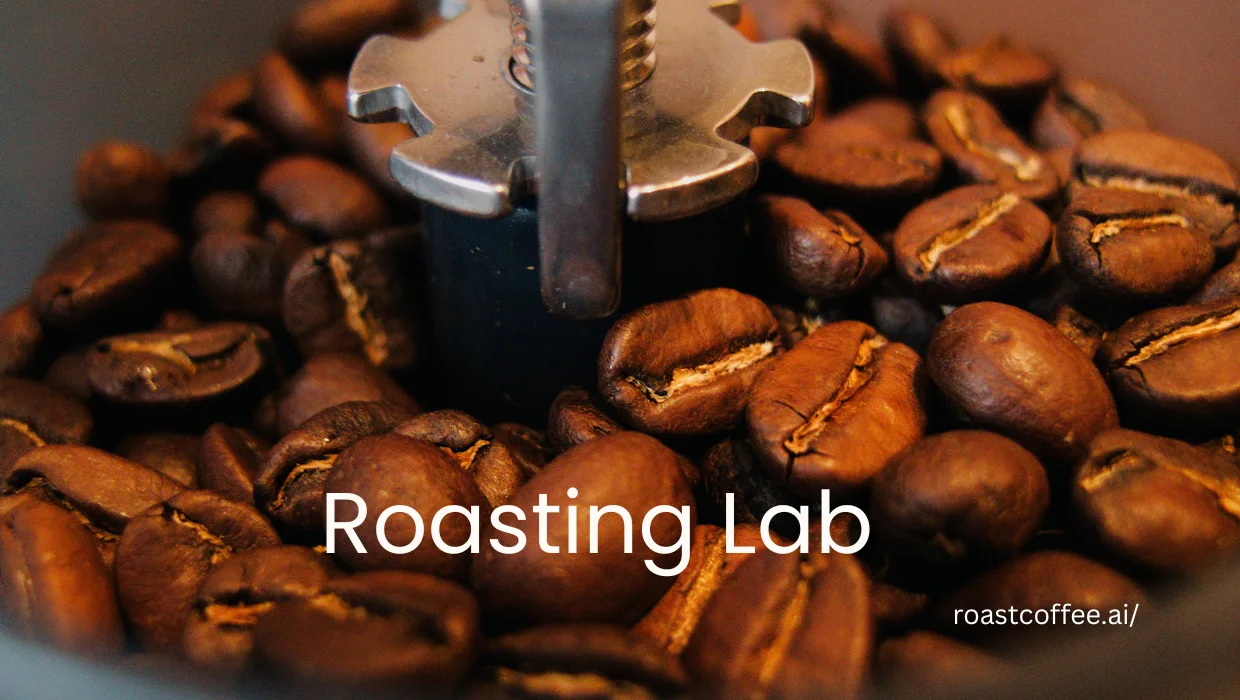A floral, citrusy gem from the heart of coffee’s origin
📍 Where It’s Grown
Ethiopia’s Yirgacheffe region is world-famous for its bright and floral coffees. Grown at elevations of 1,800–2,200 meters, these beans are often processed at small community washing stations using the traditional washed method—or occasionally sun-dried as naturals.
- Region: Yirgacheffe, Sidamo zone, Ethiopia
- Variety: Indigenous heirloom
- Processing: Washed (wet) or Natural (dry)
- Altitude: 1,800–2,200m
☕ What It Tastes Like
- Washed Yirgacheffe: Delicate lemon, jasmine, tea-like body
- Natural Yirgacheffe: Blueberry, honey, winey finish
Whether you like your cup clean and citrusy or juicy and fruity, Yirgacheffe has something magical.
🔥 How to Roast It
Beginner-Friendly Tips:
- Aim for a light or light-medium roast.
- Stop your roast just after first crack to preserve florals.
- Keep airflow high to avoid scorching these small, dense beans.
Advanced Roasters:
- Stretch the Maillard phase for caramel sweetness.
- In naturals, go slow during drying to avoid grassy notes.
- Monitor development time to avoid flattening the flavor.
☕ Brew Guide
| Method | Best For | Notes |
|---|---|---|
| V60 / Chemex | Washed | Bright, citrusy, floral |
| Aeropress | Natural | Boosts berry notes & body |
| Espresso | Either | Use light roast for vibrant shots |
| Cold Brew | Natural | Refreshing and sweet |
🌱 The Farmer Connection
Most Yirgacheffe beans are grown by small family farms using traditional, chemical-free methods. They hand-pick ripe cherries and deliver them to local co-op washing stations—keeping centuries-old techniques alive.
❓ Common Roasting Questions
Q: Why does it taste too sour?
A: Likely underdeveloped. Try extending your roast 15–30 seconds past first crack.
Q: Why is it “flat”?
A: Might be over-roasted or roasted too fast—slow down during the Maillard stage.




